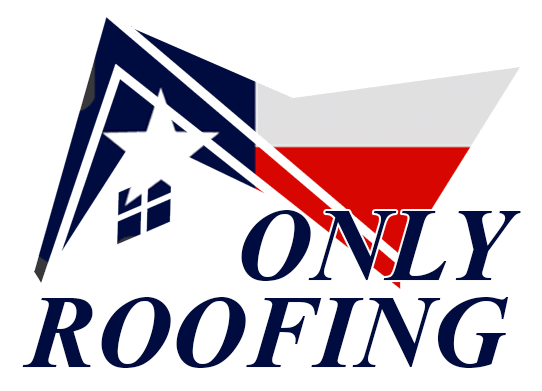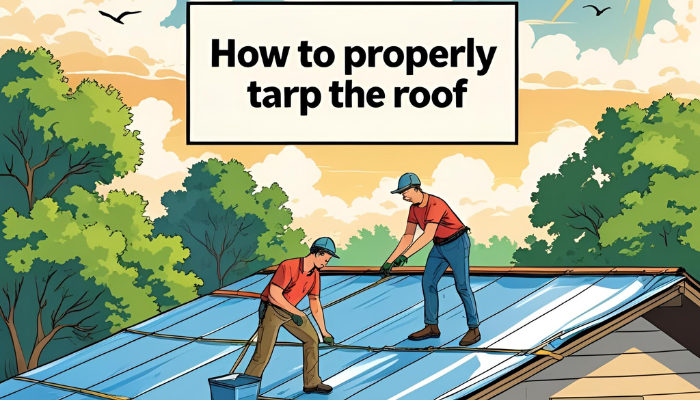Storm damage or leaks?? Learning how to properly tarp a roof can save your house in the long run. Here are some professional tips and steps recommended by ONLY Roofing to make your roof safe until you make long-term repairs!
The Reasons You Need to Tarp Your Roof
A tarp protects your house against water damage during storms, fallen branches, or loss of shingles. It is a short-term solution that is sometimes necessary to cover an insurance claim to demonstrate mitigation. A quick response helps avoid expensive interior damage.
Roof Tarp Safety Precautions
According to OSHA regulations, safety is key:
- In wind or rain, it is best to avoid tarping.
- Use fall protection, hard hats, and eye protection.
- Never walk on a tarped roof; the slip is high.
- Ladder areas should be clear of clutter, and the 4:1 rule of ladder angle should be followed.
- DIY is hazardous; think about employing experts to prevent falling or incorrect sealing.
Step-by-Step Guide on How to Tarp a Roof
The steps of roof tarp installation include:
- Inspect & Measure:
Examine the damage and photograph it for insurance purposes. - Choose a Tarp:
Use a polyethylene tarp (≥6 mil thick) that overhangs the ridge and eaves. - Clear Debris:
Remove loose shingles or branches. - Unroll Tarp:
With a helper, spread the tarp over the damaged area. - Secure Edges:
Wrap tarp ends around 2×4 boards and screw into decking, not staples, for stability. - Add Support:
Use sandbags or cap nails if needed; ensure a downward slope for water runoff.
Get the best Roofing Installation Services here!
How to Tarp Safely Around Chimneys, Vents & Skylights
Tarp around roof features carefully:
- Cut precise holes for chimneys, vents, or skylights.
- Seal edges with self-adhesive flashing tape to prevent leaks.
- Keep openings clear to avoid ventilation issues.
This ensures a temporary leak cover that protects without compromising airflow. Check out our Roof Replacement services here!
After the Tarp Is Installed
Check your tarp monthly for pooling water or lifted edges. It’s a short-term solution – aim for repairs within weeks. Don’t sleep under a tarped roof due to safety risks. We also offer follow-up inspections via our roof leak repair services.
DIY tarping risks falls or poor sealing, potentially voiding insurance claims. Hiring pros ensures safety harnesses, proper installation, and insurance-ready photos. We provide free virtual or on-site assessments and expert insurance claim assistance.
Final Thoughts
How to Properly Tarp a Roof? Proper tarping saves your home from further damage, but it’s a stopgap. For emergency roof tarping, trust ONLY ROOFING. Get a free quote within 24 hours and expert claim support. Contact us to secure your home today!

